Black caviar, often regarded as the epitome of luxury and refinement, captivates the taste buds of connoisseurs worldwide. Oozing elegance and exclusivity, this delicacy has garnered a reputation as a prized culinary treasure. Derived from the roe of sturgeon, good black caviar embodies an unrivaled sensory experience unmatched by any other food. In this article, we delve into the intricacies of this gourmet delight, shedding light on its origins, characteristics, and the aspects that contribute to its exceptional quality. 1. The Origins of Black Caviar: Black caviar originated in the Caspian Sea region, where the beluga, sevruga, and osetra sturgeon species naturally thrive. Historically, the Caspian Sea has been recognized as the mecca for caviar production, supplying the world with its finest black caviar for centuries. However, due to environmental factors and overfishing, the quality and availability of wild Caspian caviar have declined, leading to various conservation efforts and the emergence of farm-raised caviar.
.
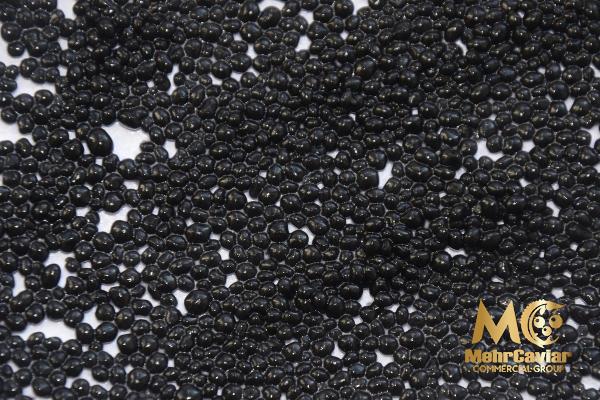 2. Characteristics of Good Black Caviar: a) Size and Color: The size of the caviar pearls can range from small to large, with a preference for larger grains being more common among epicureans. Additionally, the color of good black caviar can vary from light gray to dark black, with shades of amber, gold, and brown often indicating exceptional quality. b) Texture: The texture of the caviar pearls plays a crucial role in determining its quality. The ideal texture is buttery and firm, with each pearl maintaining its integrity without being overly mushy or excessively firm. When consumed, it should offer a delightful burst of flavor, giving way to a silky smooth finish. c) Flavor: Good black caviar exudes an exquisite and complex flavor profile, offering a perfect balance between brininess, nuttiness, and a subtle earthy richness. The taste can vary slightly depending on the species of sturgeon and the specific region it originates from, offering unique notes that tantalize the palate.
2. Characteristics of Good Black Caviar: a) Size and Color: The size of the caviar pearls can range from small to large, with a preference for larger grains being more common among epicureans. Additionally, the color of good black caviar can vary from light gray to dark black, with shades of amber, gold, and brown often indicating exceptional quality. b) Texture: The texture of the caviar pearls plays a crucial role in determining its quality. The ideal texture is buttery and firm, with each pearl maintaining its integrity without being overly mushy or excessively firm. When consumed, it should offer a delightful burst of flavor, giving way to a silky smooth finish. c) Flavor: Good black caviar exudes an exquisite and complex flavor profile, offering a perfect balance between brininess, nuttiness, and a subtle earthy richness. The taste can vary slightly depending on the species of sturgeon and the specific region it originates from, offering unique notes that tantalize the palate.
..
 3. Factors Contributing to Exceptional Quality: a) Sturgeon Species: Each sturgeon species – beluga, sevruga, and osetra – offers varying qualities and flavors. Beluga caviar, characterized by its large pearls and distinct creaminess, is often considered the pinnacle of excellence. Osetra caviar boasts a varying range of tastes and grain sizes, while sevruga caviar is typically smaller and has a stronger, more assertive flavor. b) Harvesting and Processing: The meticulous process of harvesting and processing black caviar significantly impacts its quality. Experienced producers employ methods that prioritize the preservation of the natural characteristics, ensuring the eggs are gently removed from the sturgeon to avoid any damage or alteration. The caviar is then lightly salted to enhance its shelf life while maintaining its pristine taste. c) Accompaniments and Pairings: Good black caviar holds the fort as a standalone delight, but its allure further intensifies when paired with suitable accompaniments.
3. Factors Contributing to Exceptional Quality: a) Sturgeon Species: Each sturgeon species – beluga, sevruga, and osetra – offers varying qualities and flavors. Beluga caviar, characterized by its large pearls and distinct creaminess, is often considered the pinnacle of excellence. Osetra caviar boasts a varying range of tastes and grain sizes, while sevruga caviar is typically smaller and has a stronger, more assertive flavor. b) Harvesting and Processing: The meticulous process of harvesting and processing black caviar significantly impacts its quality. Experienced producers employ methods that prioritize the preservation of the natural characteristics, ensuring the eggs are gently removed from the sturgeon to avoid any damage or alteration. The caviar is then lightly salted to enhance its shelf life while maintaining its pristine taste. c) Accompaniments and Pairings: Good black caviar holds the fort as a standalone delight, but its allure further intensifies when paired with suitable accompaniments.
…
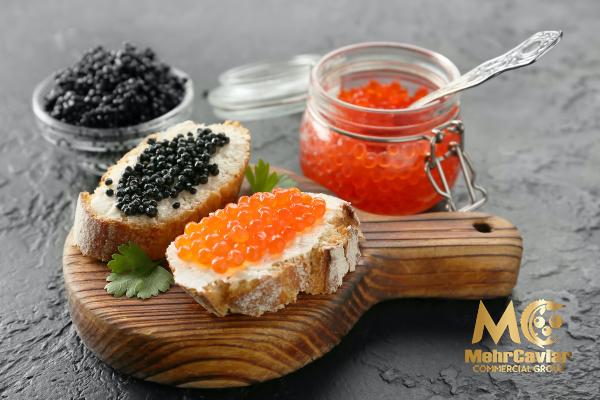 Traditionally served on a blini – a small Russian pancake – or with toast points, creme fraiche, and diced shallots, these accompaniments accentuate the caviar’s flavor. Pairing with chilled vodka or a glass of champagne enhances the overall indulgence. Conclusion: Good black caviar, a timeless symbol of luxury and culinary excellence, continues to captivate the discerning palates of gourmands the world over. Its origins rooted in the Caspian Sea region have evoked a mystique and allure that transcend time. With its specific characteristics and factors influencing its exceptional quality, black caviar remains an indulgent pleasure savored by those who appreciate the finer things in life. As we continue to safeguard the future of the sturgeon species and perfect the art of caviar production, the legacy of good black caviar is destined to endure and inspire for generations to come.
Traditionally served on a blini – a small Russian pancake – or with toast points, creme fraiche, and diced shallots, these accompaniments accentuate the caviar’s flavor. Pairing with chilled vodka or a glass of champagne enhances the overall indulgence. Conclusion: Good black caviar, a timeless symbol of luxury and culinary excellence, continues to captivate the discerning palates of gourmands the world over. Its origins rooted in the Caspian Sea region have evoked a mystique and allure that transcend time. With its specific characteristics and factors influencing its exceptional quality, black caviar remains an indulgent pleasure savored by those who appreciate the finer things in life. As we continue to safeguard the future of the sturgeon species and perfect the art of caviar production, the legacy of good black caviar is destined to endure and inspire for generations to come.
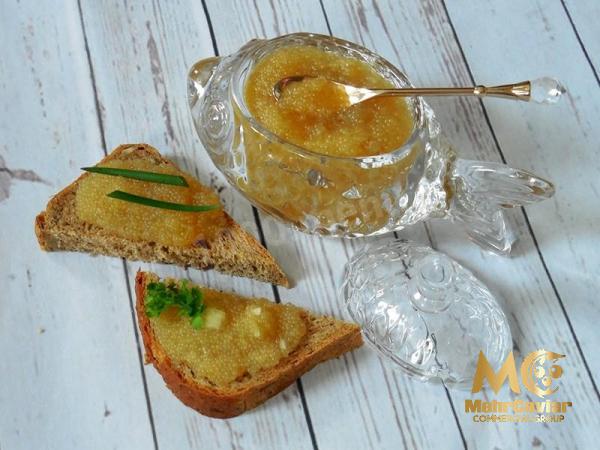
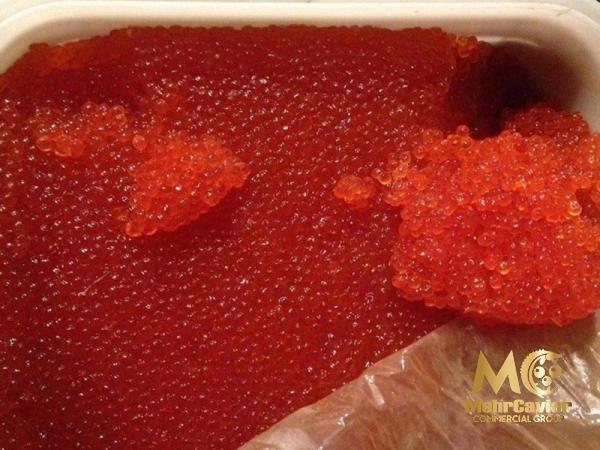
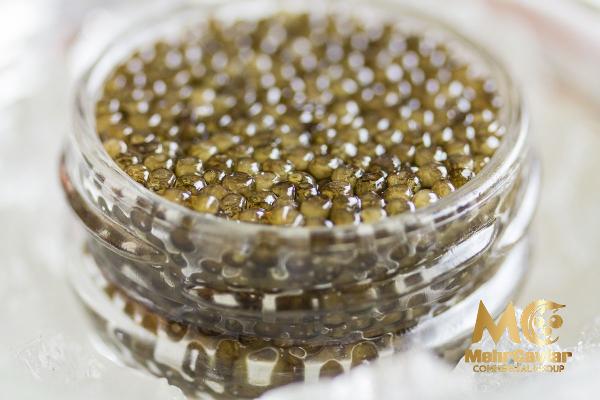

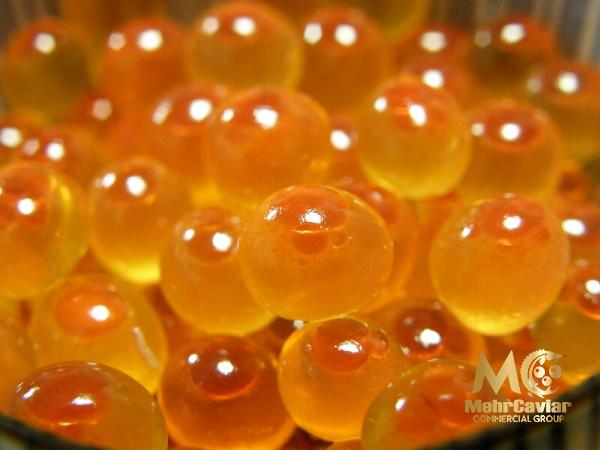


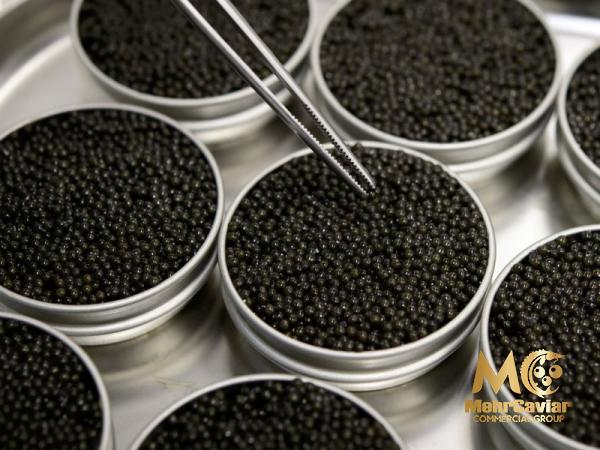
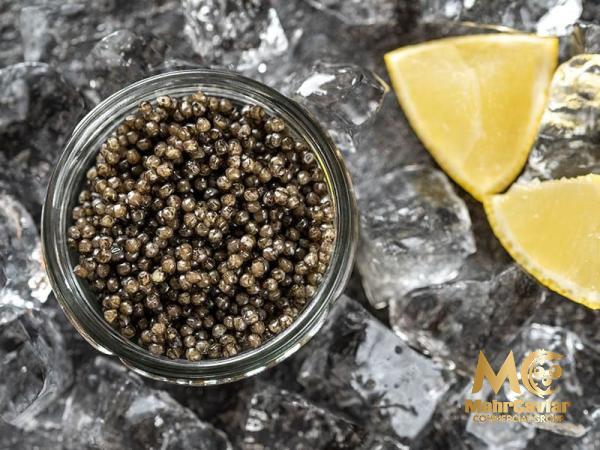
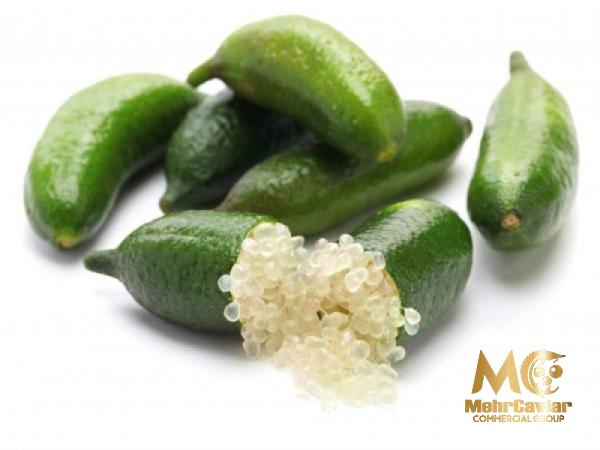
Your comment submitted.